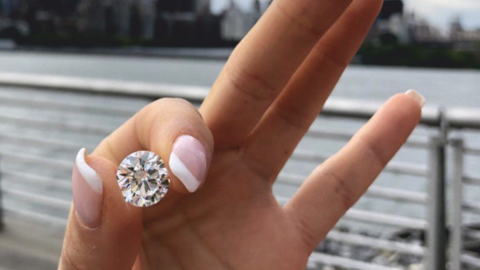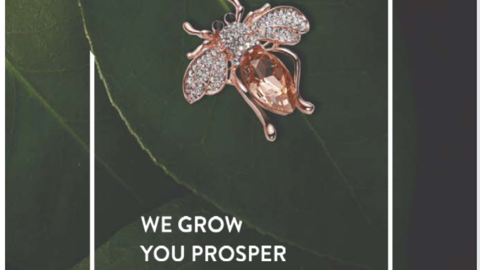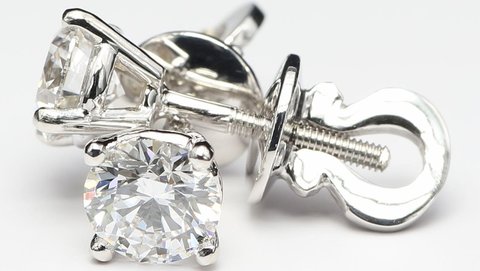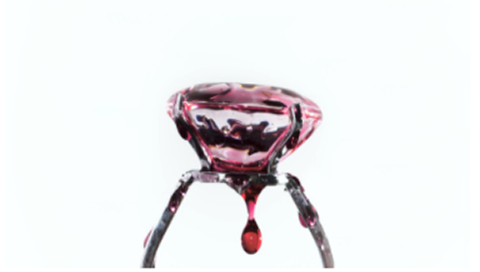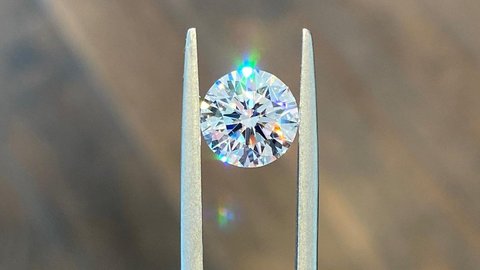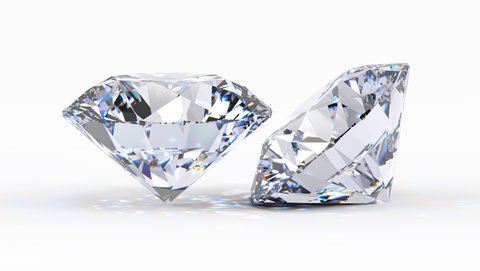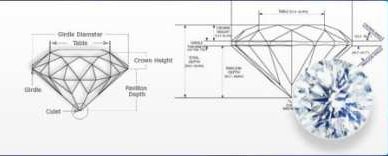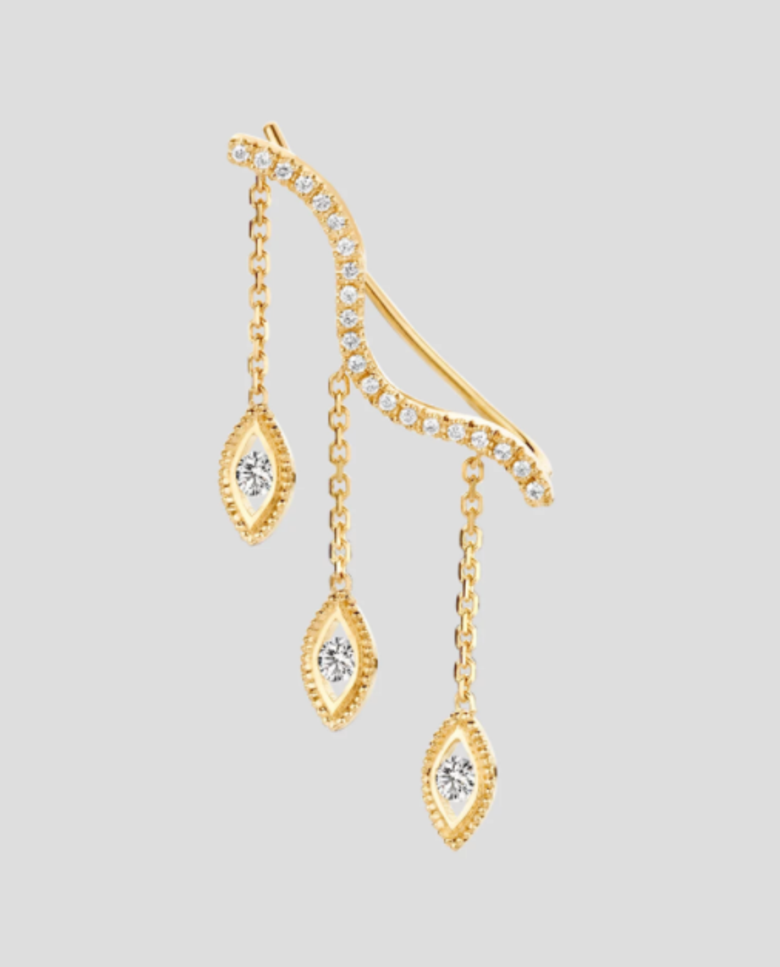LaBrilliante Encourages: Educate Your Customers On Lab-Grown Diamonds
The jewelry consumers got aware about lab-grown diamonds, now they need to be educated on them. According to Plumb Club’s survey conducted this Spring, 79% of customers know about man-made diamonds. However, nearly half of the polled, 41%, don’t quite understand them.
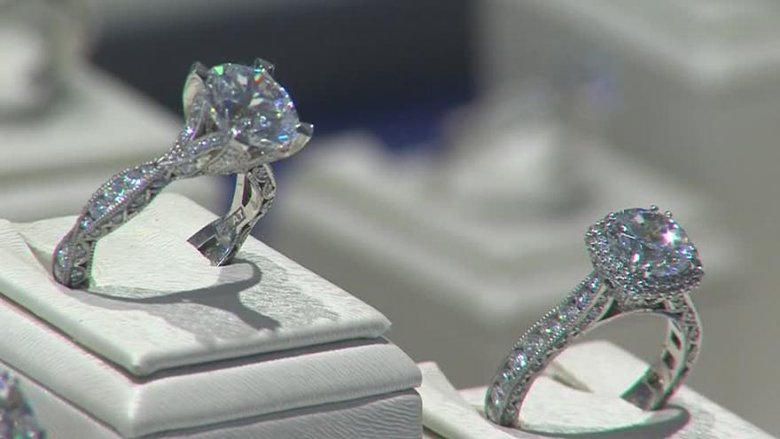
83% of consumers said they’d consider buying a jewelry piece set with lab-created diamond, despite not understanding some factors about them. 65% of the survey participants said they may even purchase a lab-grown diamond engagement ring.
Although, when asked to choose between man-made and mined diamond, only 16% said they would prefer the first option. Most of the respondents marked lower price as the reason (37%), with the affordability of diamonds of bigger sizes as a runner-up (25%). Ethical origin and potential eco-friendliness of lab-grown gemstones were stated by only 25% and 18% of respondents respectively.
The gap between the numbers of those who’d consider a lab-grown gem and those who’d choose it may show a need for a greater customer education. According to Plumb Club executive director Lawrence Hess, retailers need to “take a neutral approach and educate consumers on their choices without bias”. This practice can be an assurance of great numbers of successful lab-grown diamond sales, while also legitimizing the product for a broader group of customers. The Plumb Club chief marketing officer Michael O’Connor adds that jewelry sellers should go with the flow and focus on the most important things for the consumers: “It’s the price differential, the value for money, that’s what retailers are keying into”.
Recent years have seen biggest brands launching their own lab-grown diamond jewelry lines: from De Beers’s Lightbox to Pandora’s Brilliance and Jean Dousset’s Oui. These announcements helped diminish the public’s hostility towards a fresh product - and the numbers show it. However, it’s in every retailer’s hands to explain the similarities and differences between mined and man-made diamonds, focusing on what’s important to the purchasers, and offer them an honest choice.
According to Lawrence Hess, the data shows that lab-grown diamonds will become “more mainstream...and most retailers will carry them”. This is supported by the Antwerp World Diamond Centre’s report that projects 15-20% annual increase of lab-created gemstone sales, which should result in annual sales of 17 mil carats by 2030. Educating customers without bias can save retailers from missing out on a chunk of the market that’s getting bigger each year, especially with Millennials and Gen Z getting drawn to these affordable gems.
Still, lab-grown diamonds shouldn’t be opposed to the traditional mined ones. Both should be presented as options. According to Sidney Neuhaus, creator of famous lab-grown diamond earrings worn by Meghan Markle, both lab-grown and mined diamonds can give the emotional resonance. And this is the most important thing for the jewelry consumers who will continue shopping for both.


